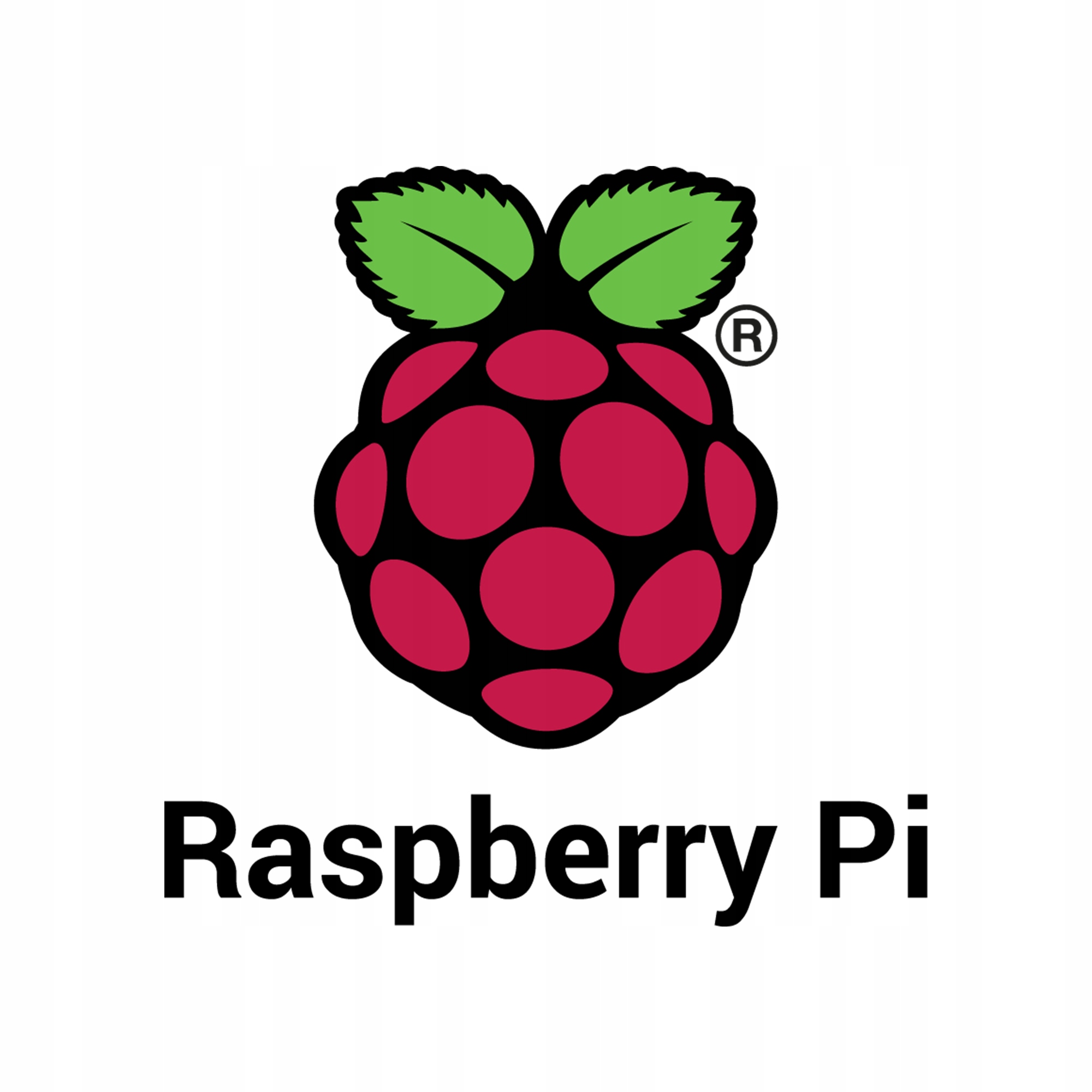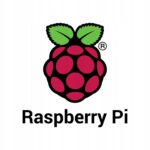In the dynamic landscape of personal computing, the Raspberry Pi 5 stands as a beacon of innovation, redefining the boundaries of what a compact and affordable single-board computer can achieve. Since its inception, the Raspberry Pi series has garnered a dedicated community of enthusiasts and professionals alike, and with the release of the Raspberry Pi 5, the possibilities have expanded even further. In this article, we will delve into the wonders of the Raspberry Pi 5, exploring its capabilities, applications, and the transformative impact it can have on personal computing.
I. Evolution of Raspberry Pi:
To truly appreciate the marvel that is the Raspberry Pi 5, it’s essential to trace the evolution of this groundbreaking series. The journey began in 2012 with the release of the first Raspberry Pi, a credit-card-sized computer developed by the Raspberry Pi Foundation with the goal of promoting computer science education. Since then, the subsequent iterations – Raspberry Pi 2, 3, and 4 – have seen significant improvements in terms of processing power, memory, and connectivity options.
The Raspberry Pi 5, representing the latest iteration, takes the legacy forward by incorporating cutting-edge technology to provide a versatile and powerful computing experience. With a faster processor, increased RAM, enhanced connectivity options, and improved graphics capabilities, the Raspberry Pi 5 is poised to revolutionize personal computing in diverse ways.
II. Technical Specifications:
The Raspberry Pi 5 boasts an impressive set of technical specifications that make it a formidable contender in the world of single-board computers. The heart of this compact powerhouse is a quad-core ARM Cortex-A76 processor, delivering clock speeds of up to 2.5 GHz. This substantial processing capability, combined with a significant increase in RAM – up to 8GB – ensures smooth multitasking and responsiveness for a variety of applications.
Furthermore, the Raspberry Pi 5 includes upgraded graphics processing, courtesy of a VideoCore VI GPU, providing an enhanced visual experience for graphics-intensive tasks. The inclusion of USB 3.0 ports, Gigabit Ethernet, and support for Wi-Fi 6 and Bluetooth 5.0 ensures fast and reliable connectivity options, making it suitable for a wide range of applications.
III. Applications in Education:
One of the core objectives of the Raspberry Pi Foundation has always been to promote computer science education, and the Raspberry Pi 5 continues to excel in this domain. Its affordability, coupled with the robust hardware specifications, makes it an ideal tool for educational institutions to introduce students to the world of programming, electronics, and computer architecture.
The Raspberry Pi 5 can be used to teach coding languages like Python, Scratch, and Java, providing a hands-on learning experience that transcends traditional classroom settings. Its GPIO (General Purpose Input/Output) pins allow students to explore physical computing by connecting sensors, LEDs, and other hardware components, fostering a deeper understanding of the relationship between software and hardware.
Moreover, the Raspberry Pi 5’s capability to run a variety of operating systems, including Linux-based distributions like Raspbian, Ubuntu, and others, opens up opportunities for students to gain practical experience with different computing environments. This versatility ensures that learners are well-equipped with the skills and knowledge needed in the rapidly evolving field of technology.
IV. Home Automation and IoT:
The Raspberry Pi 5 serves as a perfect platform for home automation enthusiasts and Internet of Things (IoT) developers. Its compact size, low power consumption, and extensive connectivity options make it an ideal choice for creating smart home devices and automation systems.
With the Raspberry Pi 5 at the helm, users can design and implement home automation projects that range from controlling lights and thermostats to building sophisticated surveillance systems. The integration of sensors, actuators, and communication modules can transform a humble Raspberry Pi 5 into a centralized smart home hub, offering users the ability to monitor and control various aspects of their living space remotely.
The IoT landscape also benefits significantly from the Raspberry Pi 5’s capabilities. Developers can leverage its processing power and connectivity options to create innovative IoT applications, from environmental monitoring to industrial automation. The versatility of the Raspberry Pi 5 ensures that it can adapt to a wide array of IoT projects, making it a go-to choice for both hobbyists and professionals.
V. Media Center and Entertainment Hub:
Beyond its educational and IoT applications, the Raspberry Pi 5 shines as a cost-effective media center and entertainment hub. Thanks to its improved graphics processing capabilities, the Raspberry Pi 5 can effortlessly handle high-definition video playback and even 4K content, turning any television into a smart entertainment system.
Popular media center software such as Kodi and Plex can be installed on the Raspberry Pi 5, transforming it into a powerful and customizable multimedia hub. Users can stream content from local storage or online services, organize their media libraries, and enjoy a seamless home theater experience without the need for expensive dedicated hardware.
Additionally, the Raspberry Pi 5’s GPIO pins can be utilized to integrate infrared receivers, allowing users to control their media center with remote controls. This level of customization enhances the user experience and makes the Raspberry Pi 5 an attractive option for those looking to build a personalized entertainment solution on a budget.
VI. Desktop Computing and Productivity:
With its enhanced processing power and ample RAM, the Raspberry Pi 5 is more than capable of serving as a lightweight desktop computer for everyday tasks. Users can browse the internet, check emails, create documents, and perform various productivity tasks with ease, thanks to the efficient ARM architecture and the support of modern web browsers.
The inclusion of USB 3.0 ports allows users to connect external storage devices for additional space, and the Gigabit Ethernet ensures fast and reliable internet connectivity. Whether used as a primary desktop or a secondary computer for specific tasks, the Raspberry Pi 5 provides a cost-effective solution that meets the needs of casual users and professionals alike.
Furthermore, the Raspberry Pi 5’s compatibility with a variety of software applications, including office suites, web browsers, and development tools, makes it a versatile computing platform. Its compact form factor and low power consumption also make it an eco-friendly option for users conscious of their environmental impact.
VII. Gaming and Retro Emulation:
Gaming enthusiasts can also revel in the wonders of the Raspberry Pi 5, as it opens up exciting possibilities for retro gaming and indie game development. The powerful GPU and ample RAM make it capable of running a variety of games, from classic titles to modern indie releases.
Retro gaming, in particular, has become a popular use case for the Raspberry Pi series. Emulation software, such as RetroPie, can be installed on the Raspberry Pi 5, turning it into a versatile retro gaming console capable of running games from platforms like NES, SNES, Sega Genesis, and more. The GPIO pins can even be utilized to connect arcade-style buttons and joysticks for an authentic gaming experience.
Beyond playing games, the Raspberry Pi 5 can be a platform for aspiring game developers. Its low entry cost and comprehensive documentation make it an excellent tool for learning game development, allowing enthusiasts to create and test their games on a compact and affordable device.
VIII. Customization and DIY Projects:
One of the most captivating aspects of the Raspberry Pi 5 is its versatility and adaptability to a myriad of do-it-yourself (DIY) projects. The GPIO pins, along with the wide range of available accessories and add-ons, enable users to unleash their creativity and build unique solutions tailored to their specific needs.
From weather stations and network-attached storage (NAS) devices to smart mirrors and robotic projects, the Raspberry Pi 5 serves as the foundation for countless DIY endeavors. The supportive Raspberry Pi community further enhances this experience by providing a wealth of tutorials, forums, and open-source projects that users can draw inspiration from and contribute to.
The affordability of the Raspberry Pi 5 makes it an excellent choice for experimentation and prototyping, allowing users to bring their ideas to life without breaking the bank. Whether you are a hobbyist tinkering in your garage or a professional seeking a flexible platform for prototyping, the Raspberry Pi 5 offers a powerful and accessible solution.
IX. Challenges and Considerations:
While the Raspberry Pi 5 undeniably offers a host of wonders and possibilities, it’s essential to acknowledge some challenges and considerations associated with its use. The compact form factor and passive cooling solution mean that the Raspberry Pi 5 may experience thermal throttling under heavy workloads, affecting performance. Users engaged in resource-intensive tasks may need to explore active cooling solutions to mitigate this issue.
Additionally, despite the significant advancements in processing power, the Raspberry Pi 5 is not intended to replace high-end desktop computers or specialized hardware in certain professional applications. Understanding the limitations of the Raspberry Pi 5 and choosing it for tasks aligned with its capabilities is crucial for a satisfactory computing experience.
Furthermore, the availability of compatible software and drivers for specific peripherals and hardware components may be a consideration for users with specialized requirements. While the Raspberry Pi community has made great strides in expanding software support, users should verify compatibility for their intended use cases.
Conclusion:
In the realm of personal computing, the Raspberry Pi 5 stands as a testament to the remarkable progress achieved in the single-board computer landscape. From its humble beginnings as an educational tool to its current status as a versatile computing platform with applications ranging from home automation to entertainment and gaming, the Raspberry Pi 5 has become a symbol of innovation and accessibility.
Whether you are a student exploring the fundamentals of programming, a hobbyist embarking on a DIY project, or a professional seeking a cost-effective solution for specific tasks, the Raspberry Pi 5 offers a compelling platform that continues to captivate and inspire. As the Raspberry Pi series evolves, the wonders it brings to personal computing will undoubtedly unfold in even more extraordinary ways, ushering in a new era of creativity, learning, and innovation for enthusiasts around the world.



